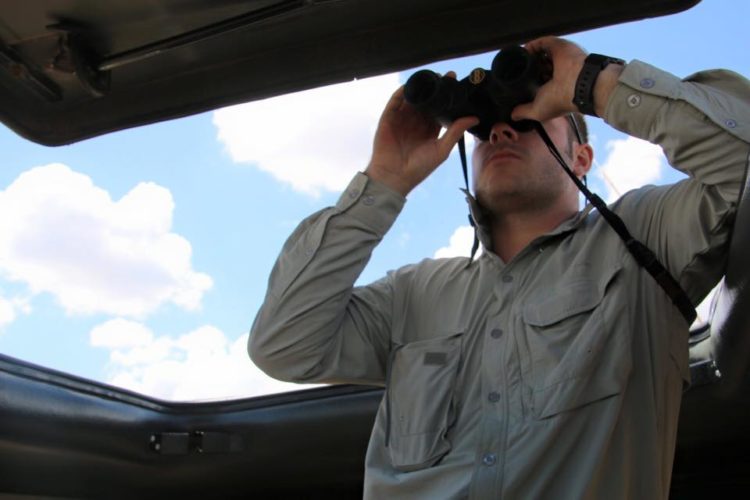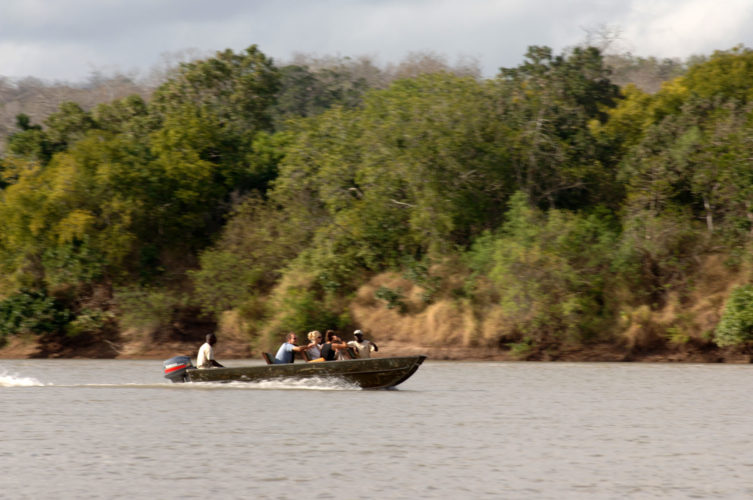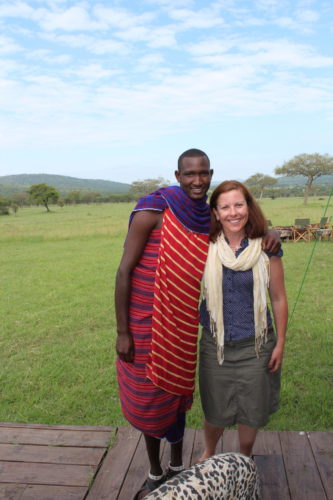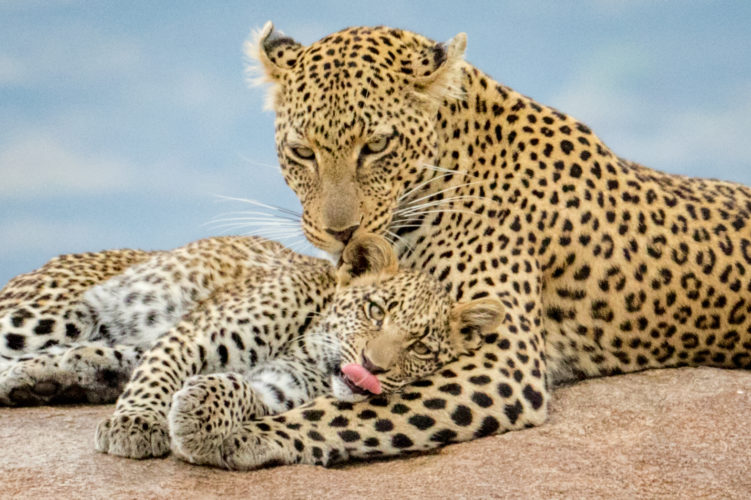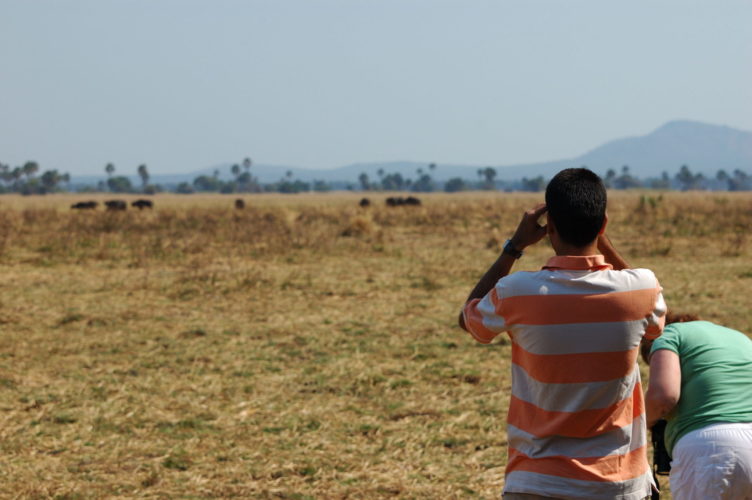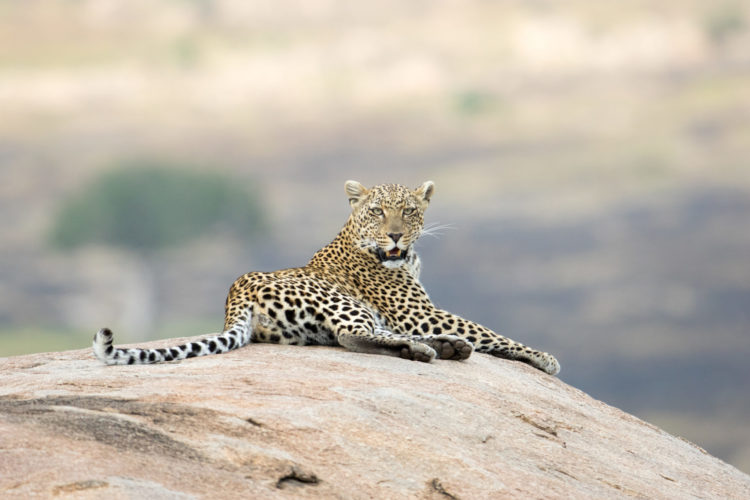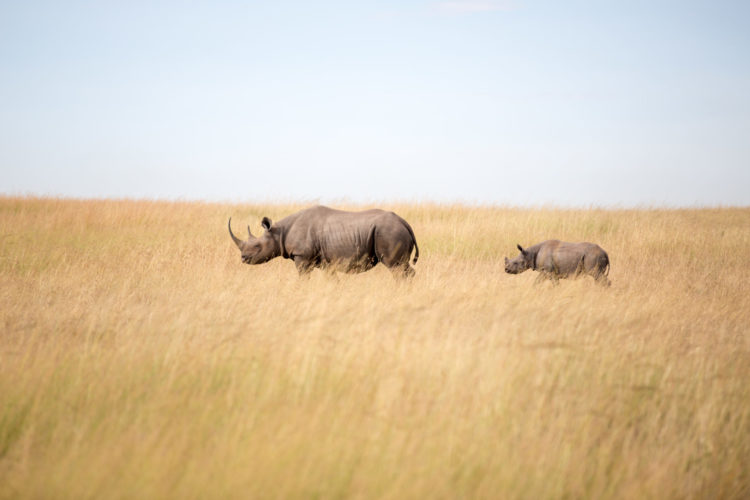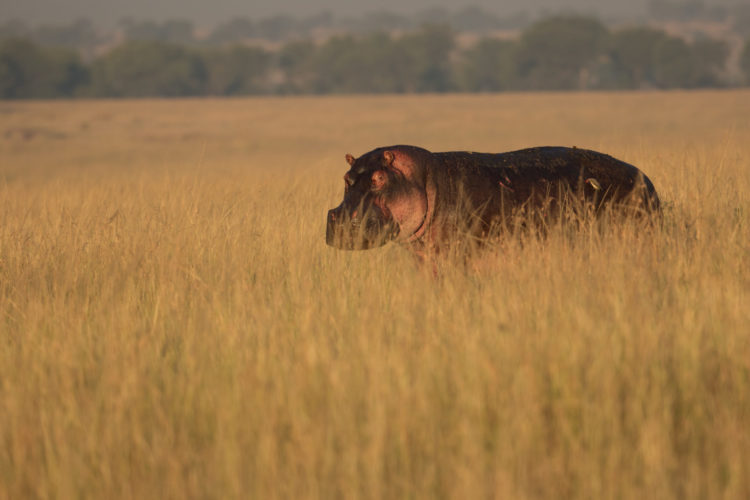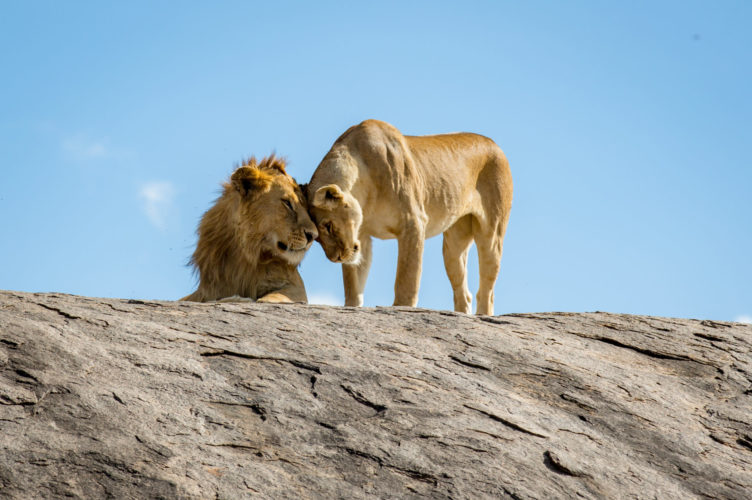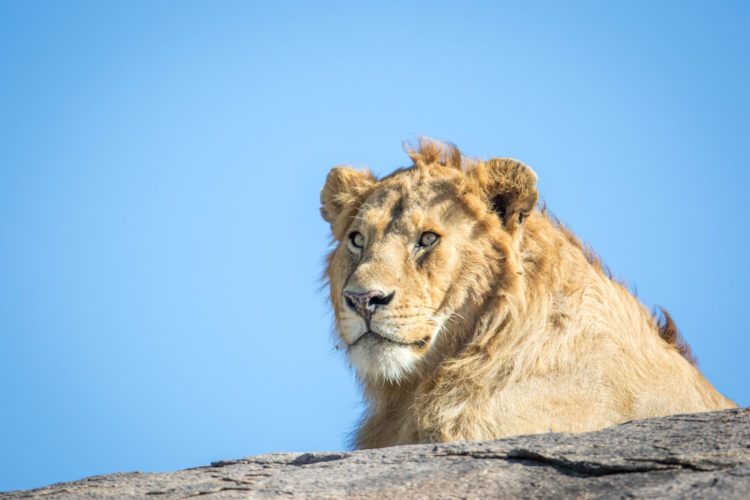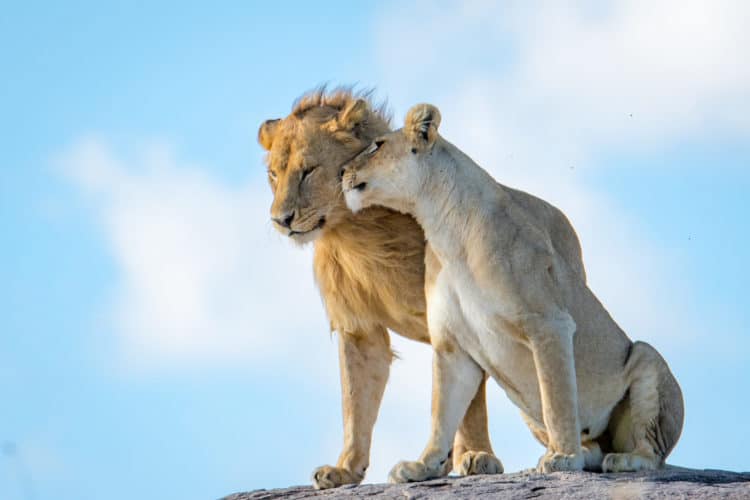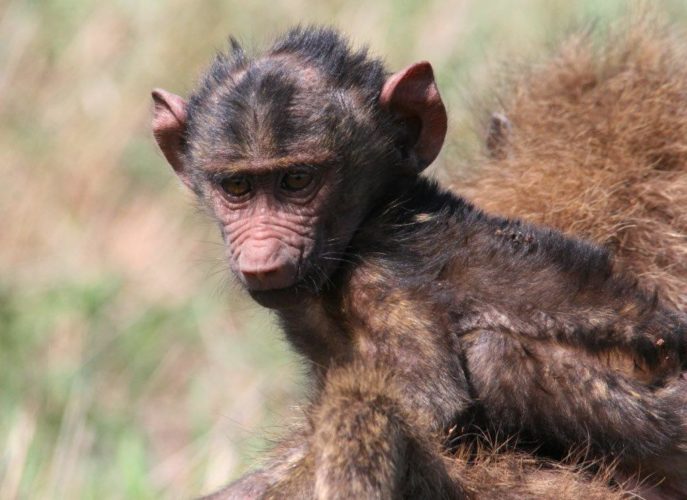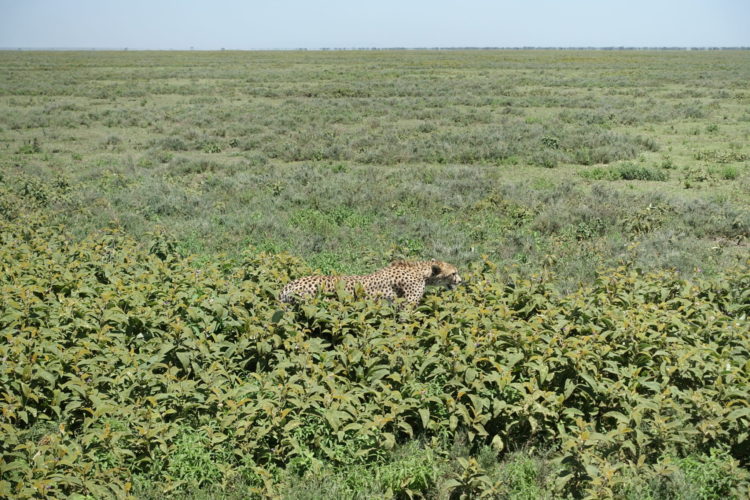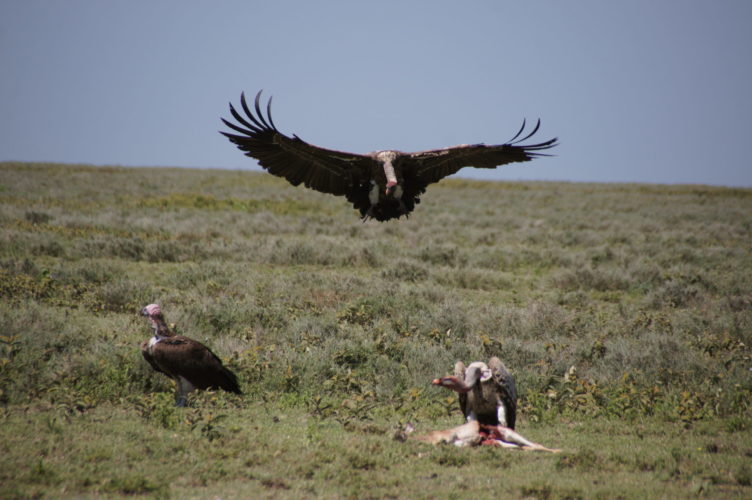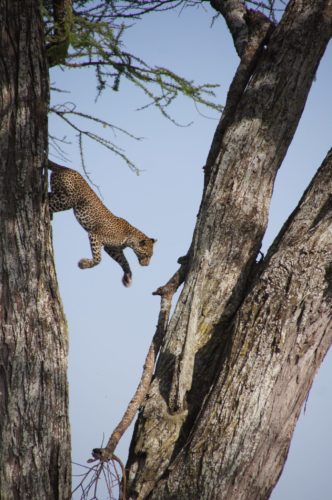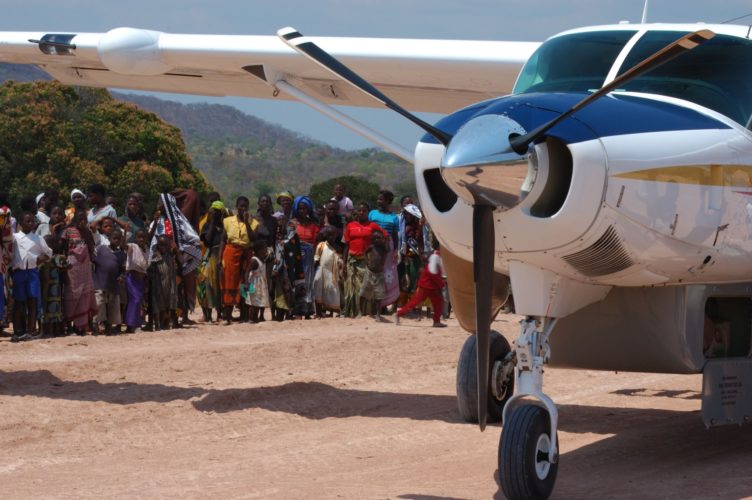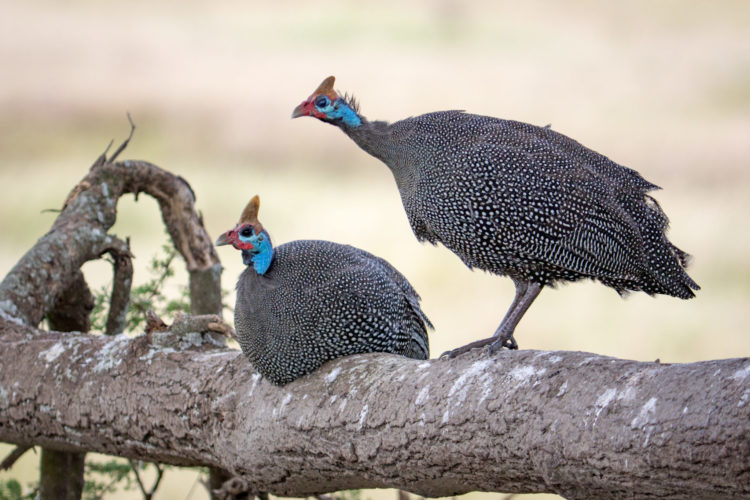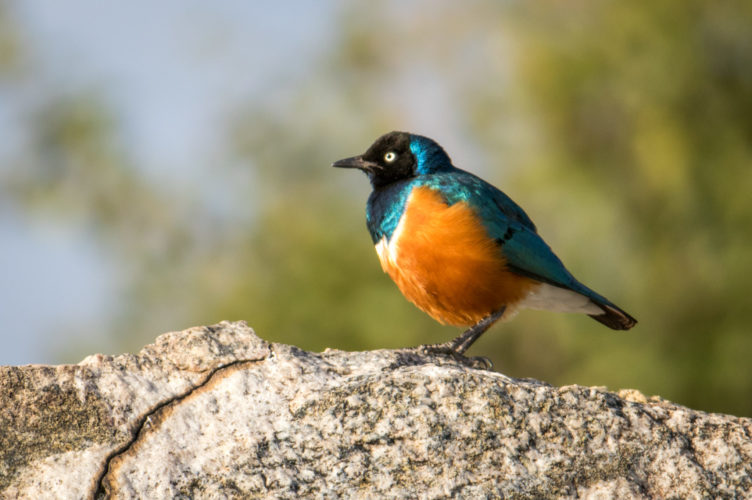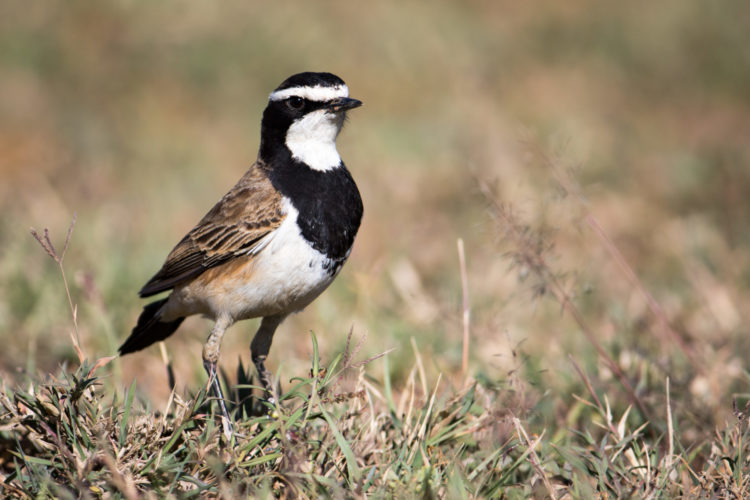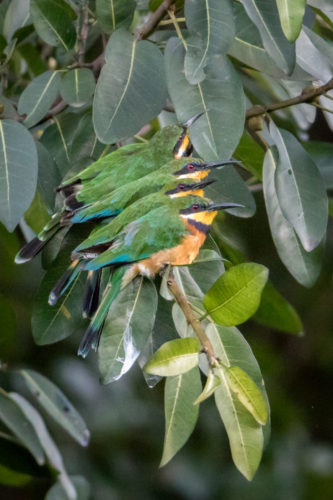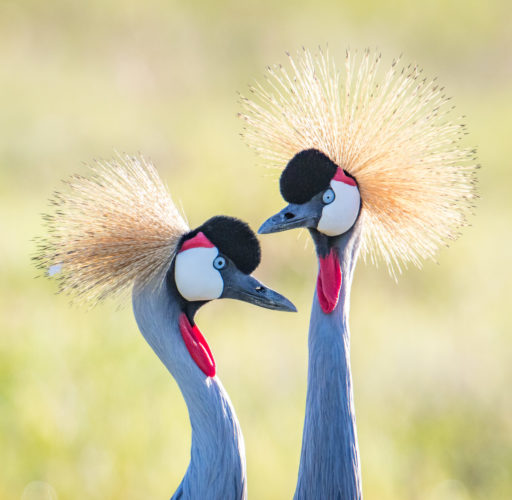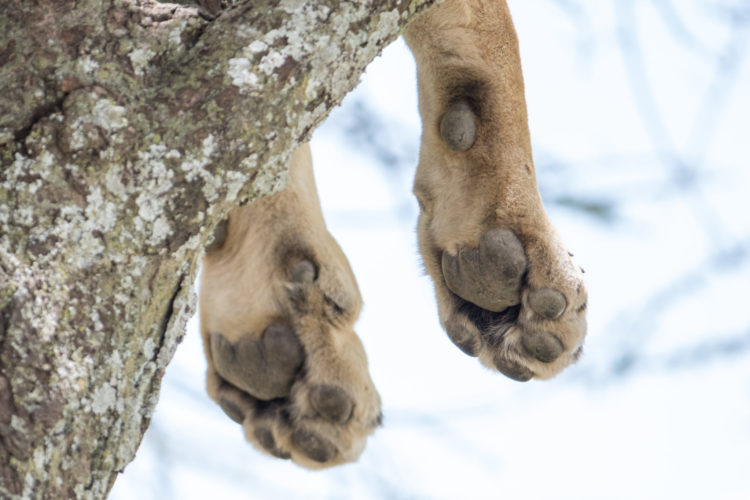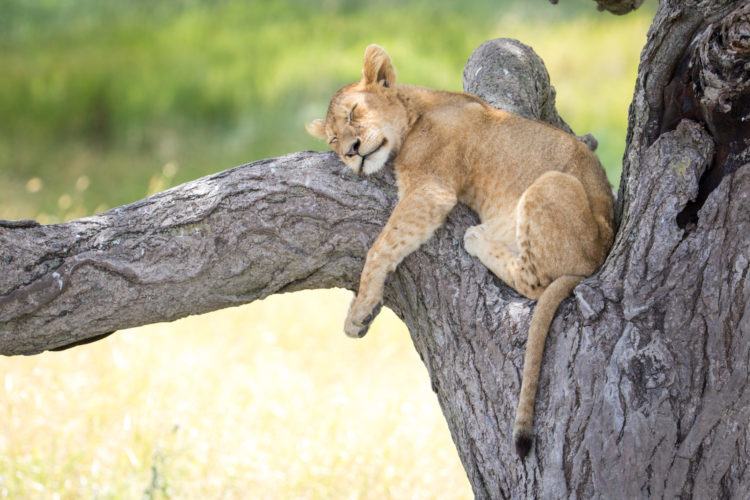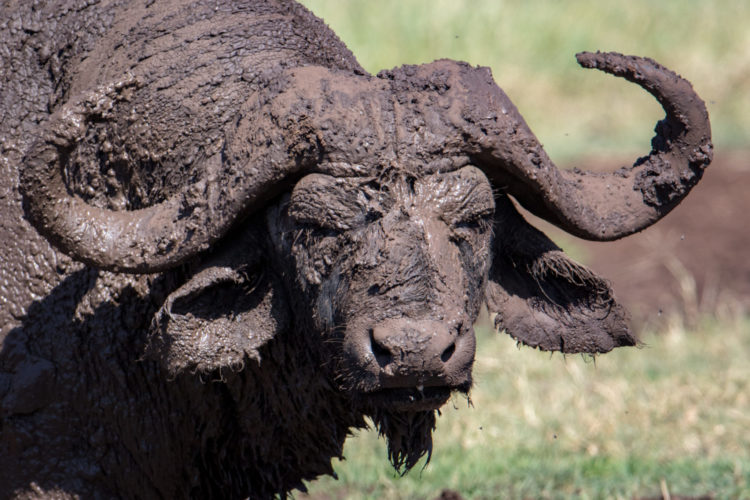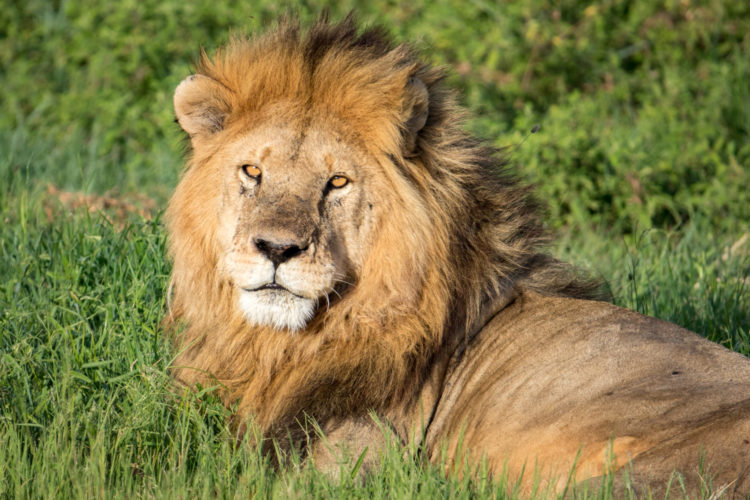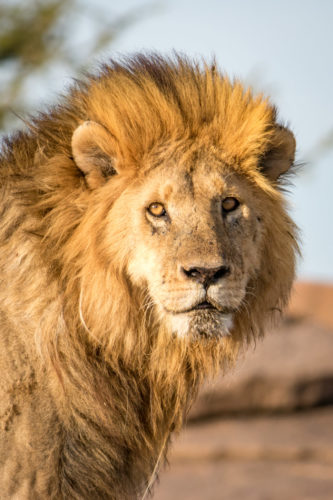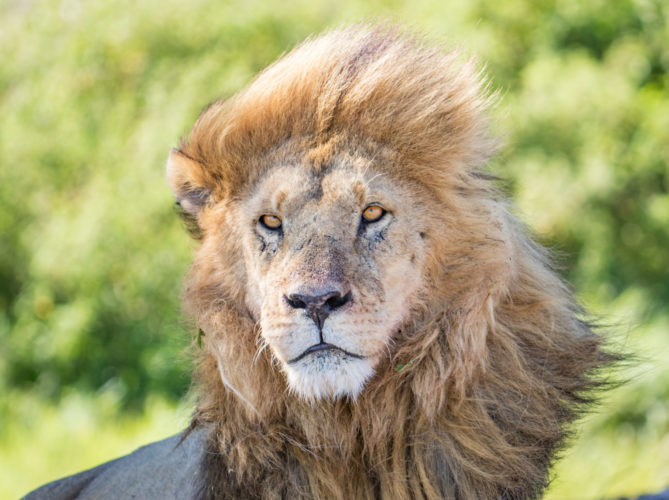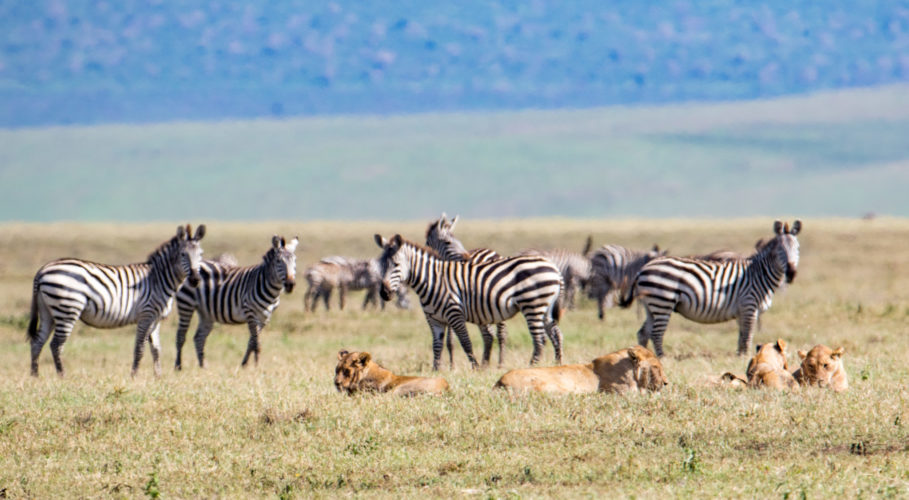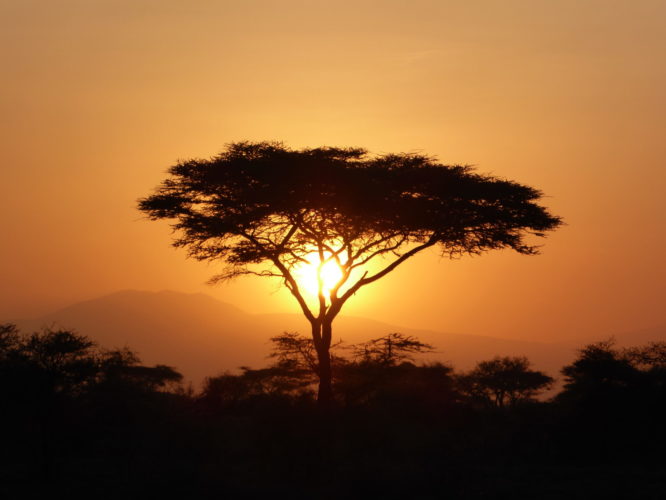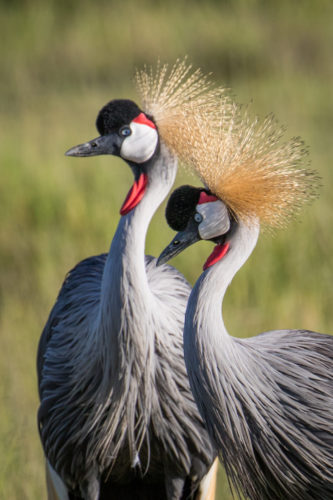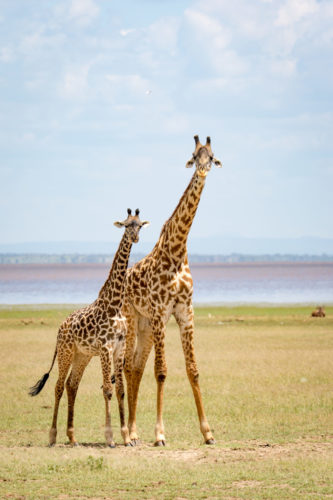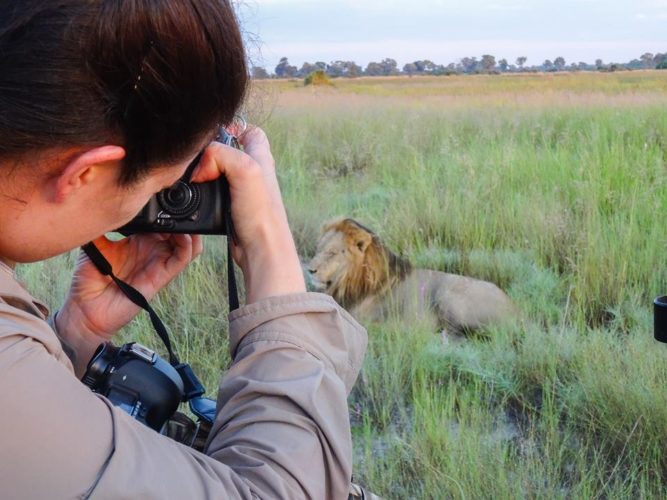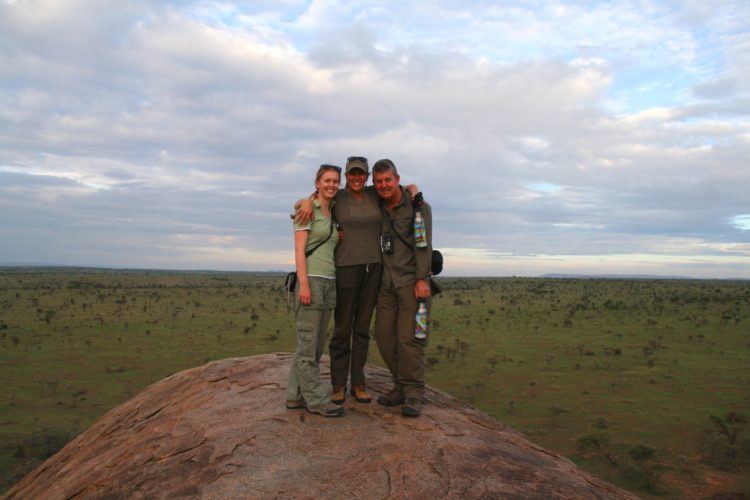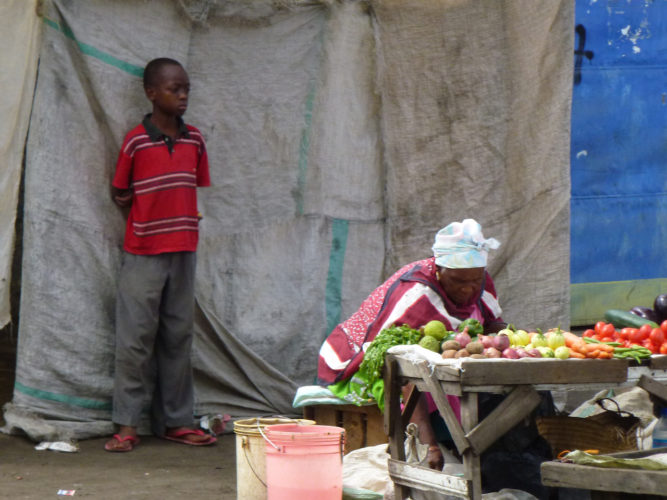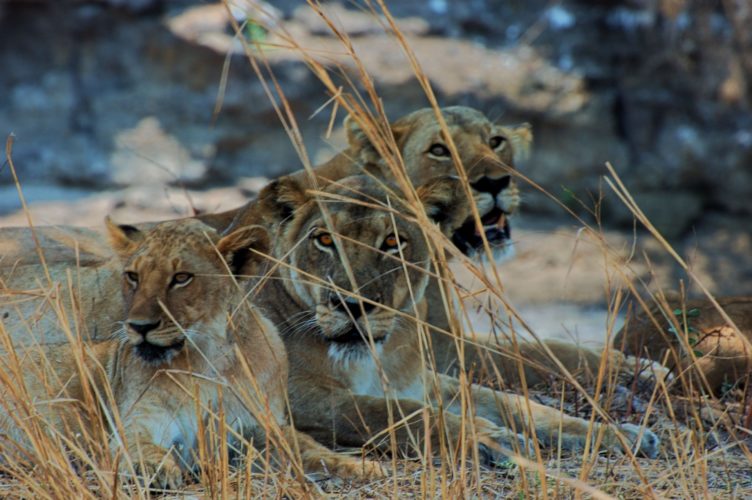Our guide to
Tanzania Safaris
Timeless safaris.
This vast East African country really is a dream.
Within its borders lie Africa’s highest and fifth-highest mountains, the world’s largest intact volcanic caldera, Africa’s most famous national park and the world’s largest game reserve, as well as portions of the three most expansive lakes on the continent, one of which is the second largest freshwater body in the world, another the second deepest.
The National parks are home to amazing game viewing where you will have the opportunity to see not only the Big five, but numerous kinds of antelope and birdlife.Pair all of that with the beautiful beaches on the Island of Zanzibar, which is an adventure in itself, and you have an all encompassing African Safari destination.
Beyond the astounding safari experiences you can also enjoy one of the greatest Animal land migrations across the Serengeti. There truly is no beginning or end to the wildebeest migration as it is an endless pilgrimage, a constant search for food and water.
In Tanzania, you can witness the mass birthing where literally thousands of young are born in the space of a few weeks between late July and mid March.
From here, they move up through the Serengeti ecosystem and cross the Mara River into Kenya usually around September, sometimes as early as late July or August. By November, the herds cross back over the Mara River returning to Tanzania in search of succulent grasses and ultimately, a prime position back in the breeding grounds of Ndutu.
Many of our guests like to witness the migration early morning from above, taking off on a hot air balloon safari with bush champagne breakfast included before returning to camp.
Did you know you can also hit the bush trails with your hiking boots?
Tanzania is keeping up with Zambia and Zimbabwe who once stole the limelight when it came to quality walking safaris. We have some fantastic walking guides in the Selous Game Reserve and Ruaha where you explore a vast range of environments and see great wildlife.
In the northern safari circuit of Tanzania, the national parks have finally opened up to allow walking safaris, often at an additional fee. Arusha National Park, Tarangire, Lake Manyara, Ngorongoro Rim and some fringe concessions bordering Serengeti now offer outstanding walking safaris from half day to multi day.
Sound like your type of safari holiday?
Let’s ChatMount Meru
Haven’t heard of it you say? Often used as a warm up trek for those seeking to conquer Kilimanjaro, Mount Meru is worthy of a mention as it truly is a magical mountain.
- Like Kilimanjaro, to summit to its volcanic peak, you first have to trek through numerous vegetation zones before the final night time march to the top, 4,566 metres high with a heavenly view of its big sister.
- There is a great abundance of wildlife, as Meru is within Arusha National Park, so your first day is likely to be action packed with sightings of buffalo, giraffe, elephant, antelope species, warthog and for the lucky, leopard and hyena.
- While smaller than Kilimanjaro, this safari-trek should not be underestimated as there is still the risk of altitude sickness, and the climb contains more night time scrambling than on Kilimanjaro. So take your time on the mountain to enjoy its beauty.
- There is only one main route up Meru and two possible paths on the first day through the national park. We recommend a three or four day trek and can we arrange everything for you.
Katavi National Park
A hidden gem Katavi National Park is ideal for intrepid travellers seeking a Tanzania safari
- It really is an isolated, untrammelled and seldom visited wilderness.
- It is the country’s third largest park in the remote southwest and centres around a series of wide flood plains and network of fragile seasonal rivers where wildlife congregate.
- Hippo literally in their thousands gather around tiny remaining water pools in dry season and it’s here you will see the famous crocodile cave dwelling – holes dug in the mud so its walls keep them cool.
- Late dry season can be brutal with predators lining the remaining water holes in anticipation of their prey arriving for a much-needed drink. Best time to go is the dry season, May to October, and the highlights are definitely the game drives, walks and fly camping.
Mahale Mountains
Home to some of Africa’s last remaining wild chimpanzees
Our distance relatives are a sight to behold, especially when encountered in their natural environment.
- Mahale and neighbouring Gombe offer the opportunity to track through forest to witness these primates in their natural habitat.
- The population is roughly 900 and they are habituated to human visitors thanks to a research project founded in the 1960s.
- Mahale has so much more to savour from the Chain of Mountains, Forest fauna and flora, beach relaxation along Lake Tanganyika and the chance to interact with local fishermen and visit villages.
Tarangire National Park Safari
Where you will discover Africa’s Giants
A unique landscape home to extensive wildlife.
- Bordering Lake Manyara National Park and only a few hours drive from Arusha
- Tarangire National Park is home to the highest density of elephants in Tanzania, with herds of up to three hundred often seen wandering its plains.
- Scattered vegetation and smatterings of baobabs and acacia trees give Tarangire a unique, intimate feel as you explore the open plains and watch its vibrant wildlife roam.
- The masses of migrating herds draw in plenty of predators, making Tarangire a great place to view animal interactions and hunts.
- Traverse its 2,000 square kilometres on game drives and safari walks and get up close to its inhabitants, with peak season bringing in large numbers of wildebeest, zebra, eland, kudu, giraffe, buffalo, impala and many more
Lake Manyara Safari
A beautiful national park setting
Often visited as a day trip on the way to Ngorongoro, Lake Manyara National Park is a gem in its own right.
- With its combination of stunning forest scenery and open grasslands creating a diverse ecosystem.
- Central to the park is Lake Manyara itself, which comprises of up to 200 square kilometres of the park’s 330 square kilometre area.
- The sheer size of the lake makes it a prime location for the migrating flocks of flamingos that visit Lake Manyara, their numbers ranging in the thousands.
- Look on in awe as the blue waters become a sea of pink and white, as thousand of flamingo, pelicans, storks and more make their home upon its shores.
- Make your way from the lake into the forest and feel on top of the world as you wander along Manyara’s famous tree top walkway. From the raised platforms you’ll have ample opportunity to view some of the 400 bird species that inhabit the parklands. A visit to Manyara wouldn’t be complete without spotting the park’s most famous inhabitants, the tree climbing lions, which are often seen lazing in the strong branches of the acacia trees. Don’t depart Lake Manyara without visiting the local village, Mto wa Mbu, for a great cultural experience.
Lake Eyasi and the Hadzabe
A great location for any experience.
South of the Serengeti and bordering the Ngorongoro Crater highlands, Lake Eyasi is a great location for wildlife, landscapes, and the ultimate cultural experience.
- Located on the floor of the Great Rift Valley, Eyasi is a seasonal endorheic soda lake, whose surrounding lands are home to the Hadzabe.
- The Hadzabe are one of the last hunter-gather tribes left in the world, and have maintained their traditional lifestyle largely due to their isolation for the rest of the population.
- Their language is similar to that of the Kalahari Bushmen, a series of distinctive clicking sounds.
- The Lake Eyasi region is also home to the neighbouring Datoga and Mbulu tribes, the former of which maintain a more agricultural based lifestyle than the Hadzabe.
- A safari to Lake Eyasi region wouldn’t be complete without a visit to the Hadzabe, where you may be invited to join one of the Hadzabe’s morning hunts and observe the daily life and cultural traditions of the people.
Circuits of Tanzania
There are clear safari circuits formed in Tanzania, the Northern Circuit and the Southern Circuit. Flying safaris, luxury tailor-made safaris, private guided, boating safaris, 4×4 safaris are just some of the safari styles you’ll be privy to in Tanzania.
Why not make your Tanzania safari finale time on Zanzibar. Don’t miss Stone Town for its cultural melting pot, vibrant markets, waterfront setting and great rooftop sunsets. Then head to one of the beach areas for some relaxation and marine exploration. Sailing, diving, snorkelling and more are available. Tanzania offers so much for every traveller. You ready?
Let’s Chat